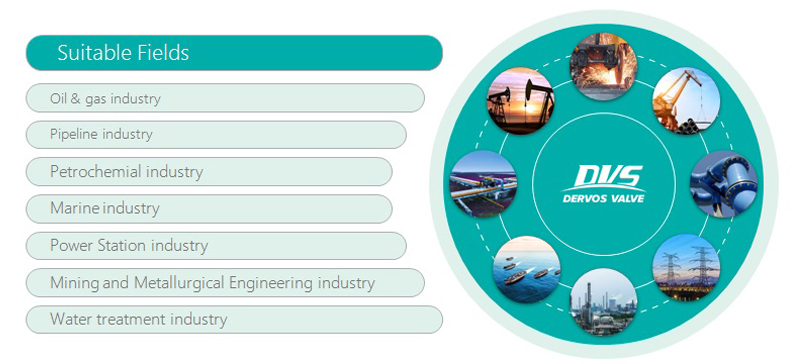Payment:
30% T/T When Order, 70% T/T Before ShipmentProduct Origin:
ChinaColor:
CustomizationShipping Port:
Shanghai ChinaLead Time:
35~60 days Ex Works After Order ConfirmationMaterial:
Carbon Steel Gate Valve, Forged Steel Gate ValveMethod of Operation:
Handwheel Gate Valve
Design Feature
1.Full port design for small flow resistance
2.Small torque value for easy operation
3.No limitation for flow direction
4.Parellel disc
5.Self-tightening seal packing minimizes maintenance
6.Metal to metal seat for stem and wedge
7.Compact structure with light weight
Quick Detail
|
Type |
Wellhead Gate Valve |
|
Size |
4.1/16" |
|
Nominal Pressure |
10000PSI |
|
Construction |
Parallel Gate, Non-Rising Stem |
|
Connection |
Flange |
|
Operation |
Handwheel Operation |
|
Body Material |
ANSI 4130 |
|
Trim Matetial |
SS410 |
|
Material Class |
EE |
|
TempretureClass |
P-U |
|
ProductSpecificationLevel |
PSL3 |
|
PerformanceRequirement |
PR2 |
|
Medium |
Water, Oil and Gas |
|
Origin |
China |
Product Application
Dervos valves can be widely used in varieties of industries, such as petrochemical, pipeline, oil & gas, marine, water treatment, power station industries and etc.

If you are interested in our products and want to know more details,please leave a message here,we will reply you as soon as we can.